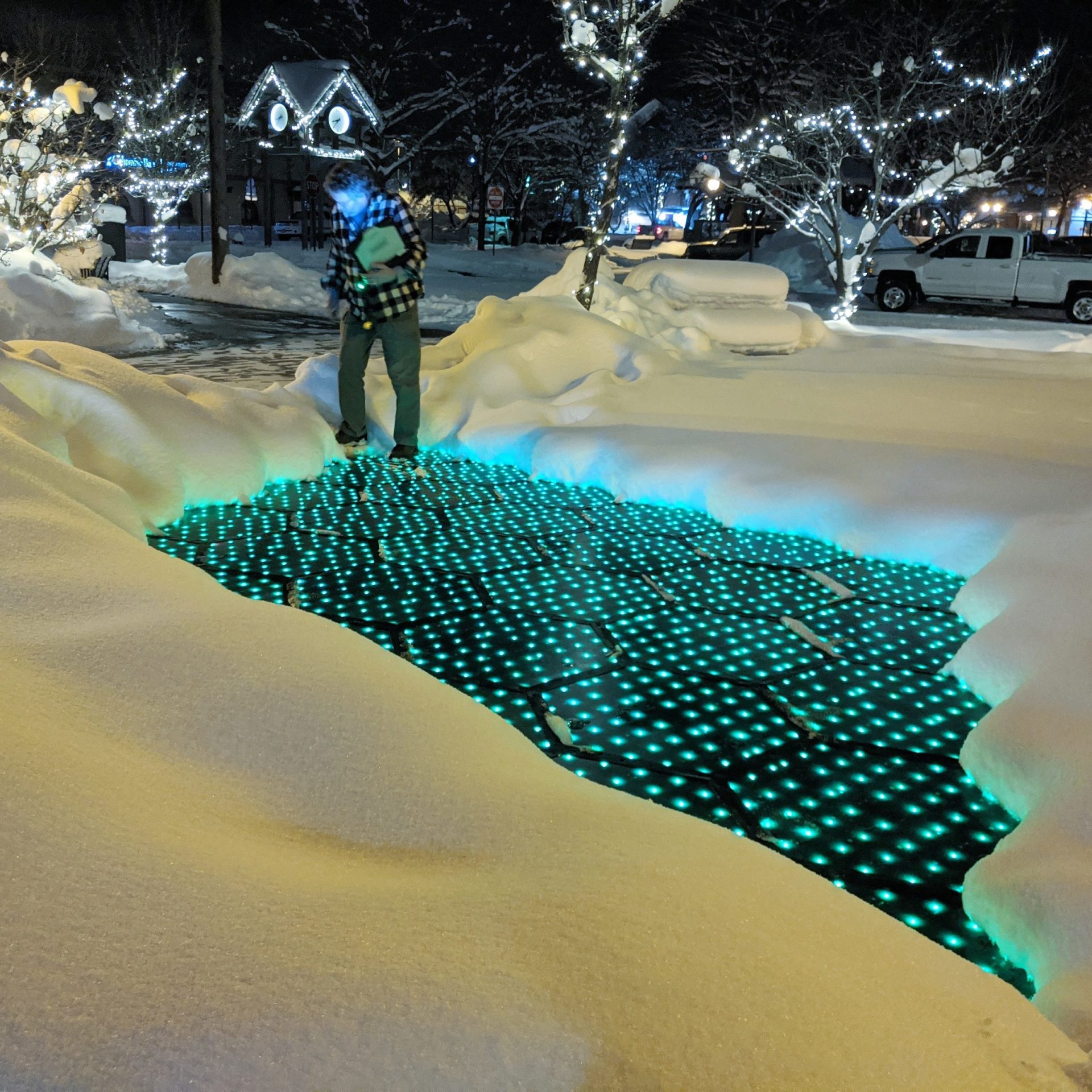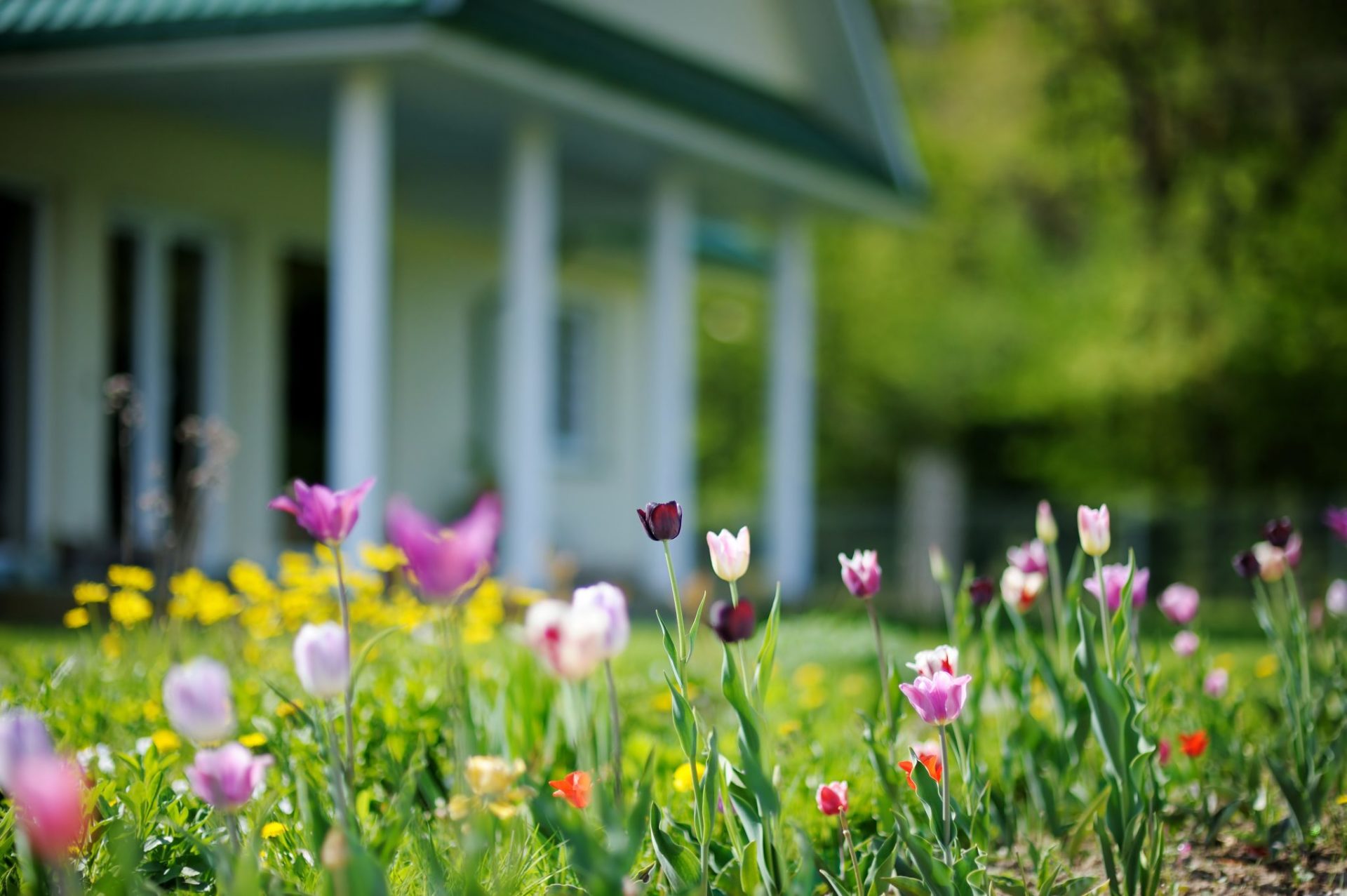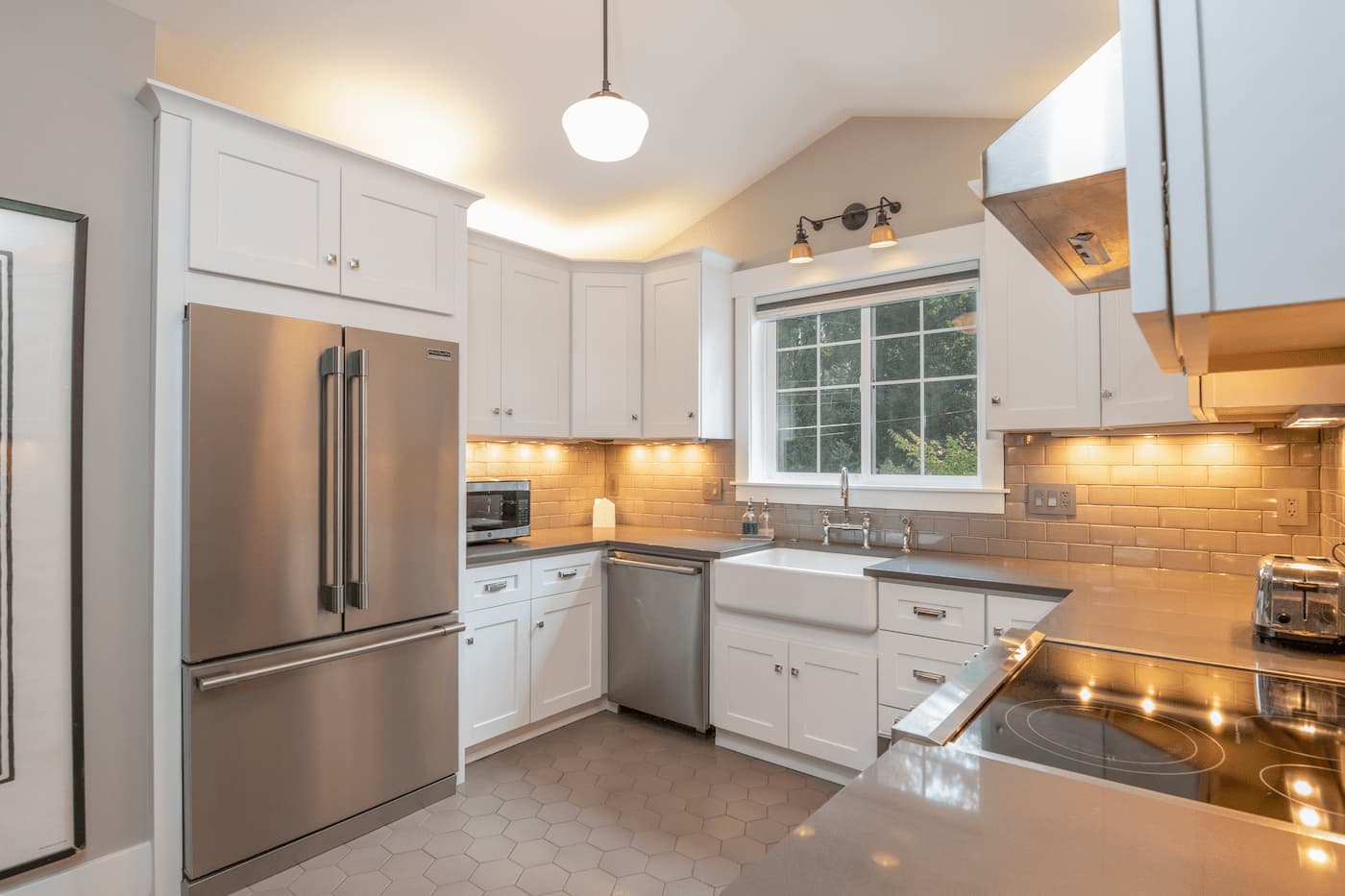Before buying real estate, investors need to know exactly what maintenance expenses to expect. Without accurate expense estimates, what looks like a profitable investment on paper can quickly turn into a money pit.
In worst-case scenarios, unexpected maintenance costs force investors to sell properties at a loss simply to stop the bleeding.
How much should you budget for maintenance costs?
Property owners use several methods to estimate annual maintenance expenses:
- The 50 percent rule: Set aside half the annual property rent for expenses
- The 1 percent rule: Budget 1 percent of the property value per year
- The square footage rule: Allocate $1 per square foot per year
Let's say you purchase a $300,000 rental property that's 1,500 square feet and rents for $2,000 monthly. Using these rules, you might want to budget somewhere between $3,000 (1% rule) and $12,000 (50% rule) annually for maintenance. That’s a wide range so the actual number you land on should take into account local factors like labor and materials costs, along with some assessment of the current condition of the structure and grounds.
Check out Mynd's rental income calculator to estimate your returns and cash flows.
Now let’s outline some of the most common expenses investors should account for as they evaluate a potential property purchase.
Fixed Regular Expenses
1. Property taxes
Real estate investors can consult the county assessor to get the exact figure for current property taxes, which could be different from what the seller lists. A buyer should also be sure to find out what property taxes they'll pay after they close escrow. It could be very different from what the seller pays prior to the transaction.
So if you purchase a $300,000 property, your annual property tax bill might be $3,600 (1.2% tax rate), or $300 monthly.
2. Homeowners Association (HOA) fees
HOA fees typically range from $200-500 monthly for condos and $100-300 for single-family homes in HOA communities, depending on amenities and location. It's important to know the current fees, when the fees increase and by how much, and if there's a special assessment on the horizon.
3. Insurance
Insurance agents can give estimates based on the specifics of a property. You can expect to pay around $800-2,500 annually for a standard rental property insurance policy, with costs varying based on property value, location, and coverage options. Premiums can vary widely based on known risks like wildfire, hurricanes, etc.
4. Property management fees
When using a property manager, you'll typically pay 6-10% of monthly rent plus a leasing fee equal to 50-100% of one month's rent whenever they place a new tenant. For a $2,000 monthly rental, that's $120-200 in monthly management fees plus a $1,000-2,000 tenant placement fee whenever the property manager is tasked with finding and signing a new tenant.
If you’re considering hiring a property manager or thinking about switching from your current PM, check out Mynd.
Our full-service property management platform aims to source and sign quality tenants that become long-term residents, thereby enhancing the value of your asset. Instead of paying a percentage of rent, you pay a fixed monthly fee with discounts when you put more of your portfolio under Mynd management.
Here’s a few reasons why real estate investors trust Mynd to manage their rental properties:
- Rental Income Guarantee: If a Mynd-placed resident misses a payment, Mynd will cover up to one-month of rent, to help you bridge the gap in cash flow.
- Eviction Protection Plan: In the rare case that you need to evict a Mynd-placed resident, Mynd will cover court costs and legal fees up to $3,000.
- All marketing is done for you, including professional photography, listing your property on rental advertising sites, and virtual tours.
- We conduct strict resident screenings including proof of income, identity validation, and credit checks.
- Mynd’s intelligent pricing engine is powered by in-house data from 18,000+ active units under management. This helps provide detailed metrics on current market conditions, to deliver better financial outcomes with higher quality residents.
Go here to learn more.
5. Accounting and Tax Preparation
Rental properties create tax complexities that often require professional help. As a landlord, you'll need to track income and expenses, calculate depreciation, and identify deductible costs throughout the year.
Professional tax preparation for a rental property typically costs $250-$1,000 annually, depending on your property's complexity and location. If you own multiple properties or use business entities like LLCs, expect to pay more.
Consider using a tool that helps with rental property accounting to track expenses and generate reports for your tax preparer, potentially reducing your professional fees while helping to ensure you capture all possible deductions.
Variable Regular Expenses
6. Electricity
Residents usually pay for electricity. However, multifamily properties may incur higher costs because of the electricity needed for common areas of the property.
For common areas in multifamily properties, budget $50-150 monthly depending on the size of the building and number of shared spaces requiring lighting and climate control.
7. Waste management
It's usually the owner's responsibility to facilitate cleanliness by providing trash cans and coordinating regular collection. Additionally, elevators and other shared-use areas are the rental property owner's responsibility to keep clean. An injury caused by debris in common areas can be an owner liability.
Residential waste collection typically costs around $25-50 monthly for a single-family home. For multifamily properties, expect $20-30 per unit monthly for dumpster service.
8. Routine maintenance
These are the expenses associated with maintaining curb appeal and common areas. This includes landscaping, cleaning, and trash and recycling collection.
Budget around $50-100 monthly for regular landscaping (however, this will often be the tenant’s responsibility in a single-family rental).
9. Seasonal maintenance
Depending on location, seasonal maintenance may include pruning trees, raking and mowing, snow removal, and cleaning of gutters. Keeping away dry debris is part of sound fire prevention.
Plan for $150-400 annually for seasonal tasks like gutter cleaning and tree pruning, depending on the number of trees on the property. Snow removal can add $50-100 per snowfall in applicable regions. Again, some of these costs can be the tenant’s responsibility, depending on how you structure your lease agreement.
10. Vacancy
Rental properties typically won't be rented all the time, so owners should factor in some vacancies into their budget.
Most investors plan for at least one vacant month every twenty months, which results in a 5% modeled vacancy rate. In more challenging rental markets, you might want to budget for 1-1.5 months of annual vacancy (8-12% vacancy rate)
Periodic Expenses
11. Appliance maintenance
Regular appliance maintenance extends equipment life and prevents costly emergency replacements that can wipe out months of rental profit. This means routinely servicing HVAC systems, sump pumps, refrigerators, stoves, washers, and dryers.
HVAC servicing will usually cost $150-200 and $100-200 for other appliance check-ups. Major appliance replacements typically cost $500-2,000 per item.
12. Painting and flooring
Repainting between tenants makes the property more attractive to prospective renters and helps justify market-rate rent. This may be the only option if an occupant left the walls particularly scuffed or marked up.
If the damage exceeds normal wear and tear, a property owner may be justified in taking a percentage of the security deposit to cover the cost of repainting. But in the case of a long-term renter moving out, painting would typically fall under regular maintenance.
Similarly, flooring may need to be replaced between residents. Carpets usually suffer the most from normal wear and tear. Regular carpet maintenance may include yearly professional cleaning.
Owners may want to consider a flooring option that requires less care, like laminate or wood, which can speed up rental property turnover.
Interior painting often costs $1-3 per square foot, meaning a 1,500 sq ft property could cost between $1,500-4,500 to repaint. Carpet replacement runs $2-5 per square foot ($3,000-7,500 for the same property), while vinyl plank or laminate flooring costs $3-7 per square foot installed.
13. CapEx, or capital expenditure
CapEx, or capital expenditure, is a term for the costs to upgrade and improve an investment. It's used to refer to big-ticket items like the roof, water heater, and appliances.
Budgeting for expected capital expenditures is (in theory) easier than for smaller maintenance surprises. Since owners should know that certain items will have to be replaced periodically, they should also know the expected lifetime of those items and be generally familiar with expected replacement costs.
Imagine you own a rental with a 20-year-old roof that will cost $8,000 to replace in the next 5 years. You may want to set aside $133 monthly ($8,000 ÷ 60 months) to cover this expected future expense.
Unexpected Expenses
14. Emergency maintenance
Property owners should always plan for emergencies, such as a furnace dying during winter, an AC giving up the ghost during a heatwave, or pipes bursting in the middle of the night. These events demand immediate attention to prevent further damage to the property and ensure the resident's comfort and safety.
Set aside at least $500 annually for emergency repairs. Major emergencies like plumbing leaks ($250-1,000), HVAC failures ($500-3,000), or electrical problems ($200-1,000) require immediate attention and often come with premium pricing for urgent service.
15. Pest control
Pest control is mainly preventative maintenance. In the event of an infestation, the owner or property manager will typically intervene immediately to ensure the tenant's comfort and safety. Treatment of the average single family home can cost a minimum of $150 for a single treatment or more for larger homes.




